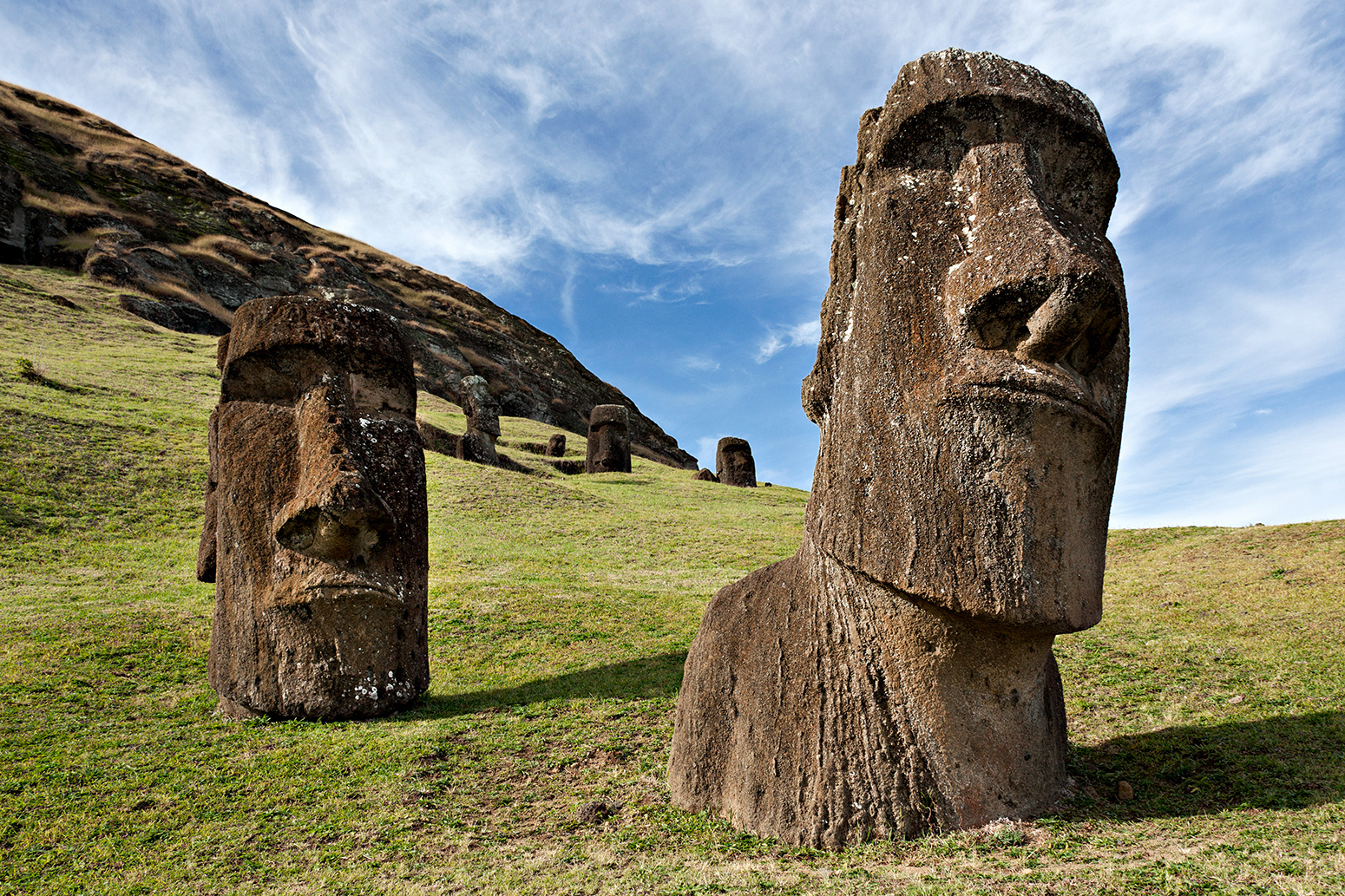Sophie Yeo
11.04.2016 | 4:00pmMany small island nations will increasingly lose access to fresh water over the course of the century — but their size means they have been overlooked in global climate models until now.
A new study in Nature Climate Change examines changes in aridity on the 80 groups of islands which are too small to appear in the climate models used to project the impacts of climate change.
It finds that over 73% of these islands groups —including Easter Island, the Azores and Mauritius — will become increasingly dry over the course of the century, affecting the 16m people who collectively live on them.
Invisible islands
Climate scientists simulate the future climate system by dividing the planet up into a grid, and then predicting how factors, such as wind, temperature, humidity and rainfall, will affect each grid point over time.
The average grid size covers an area of around 240km by 210km, according to the study — three times the combined land area of the Hawaiian Islands.
Even in the finer resolution models available, there are some islands that are simply too small to appear within these grids. This includes French Polynesia and the Marshall Islands, which are among the most climate-vulnerable countries on the planet.
The paper calls them the “computationally disenfranchised”.
This means that the models cannot distinguish these islands’ climates from that of the surrounding area — in this case, the ocean.
As such, these islands have fallen through the cracks when it comes to climate modelling. Dr Kris Karnauskas from the University of Colorado Boulder, and lead author on the study, tells Carbon Brief:
This is a problem when it comes to predicting how they will be affected by climate change, and, in particular, changes to rainfall and evaporation, which together determine the amount of freshwater available.
The models are satisfactory when it comes to predicting changes in rainfall, as the islands will be affected in the same way as the oceans. But for evaporation, the impact on land can be larger than on the sea “by an order of magnitude”, says the study.
New approach
In order to overcome the lack of specific data on evaporation, the researchers take information from the surrounding area — including overall supply of moisture for rainfall and the average regional temperatures that drive evaporation — and apply it to where the islands should be.
Combining these new calculations of potential evaporation with projections of future rainfall, the researchers estimate how the aridity of each group of islands is likely to change over the course of the century.
Karnauskas explains to Carbon Brief:
Under a high emissions scenario, known as RCP8.5, the study finds that 73% of the islands are predicted to become more arid by 2050, with the situation worsening as the century progresses.
There is considerable variety in the countries, with differences emerging both between countries and for the time of year.
For example, the Marshall Islands will become more arid during the months of March, April and May, and then experience more rainfall in the summer.
The Maldives are expected to, overall, receive more rainfall than they would without climate change, while places such as Robinson Crusoe Island, Easter Island, the Lesser Antilles and the Azores are expected to experience particularly severe aridity.
Social inequality
This warning of future freshwater stress is yet another threat facing the already vulnerable islands.
Many are already concerned about the threat of rising sea levels, and in some cases have started to consider the mass migration of their people as the prospect of long-term survival becomes increasingly slim.
While small island nations are some of the most vulnerable to climate change, they have contributed only a negligible amount to global emissions. The fact that they are excluded from climate models compounds this social inequality, the study says.
However, the future for these small island nations could be less bleak if emissions are rapidly reduced.
The authors of the paper also undertook preliminary research into the impacts of climate change on these islands in a scenario where emissions are eventually stabilised. Karnauskas tells Carbon Brief:
However, the benefits of mitigation only start to kick in towards the end of the century, he adds, as the impacts up to mid-century are already locked in.
This highlights the importance of achieving the goals set out in the UN’s new climate agreement, negotiated in Paris last year, which includes the goal of cutting emissions to net zero in the second half of the century.
Many politicians from small islands fought hard to ensure that this deal was maximally ambitious, many citing concerns about sea level rise. This new study provides them with another reason to ensure countries now act on their promises.
Map by Rosamund Pearce for Carbon Brief.
-
'Disenfranchised' small islands to become increasingly arid
-
Many small island nations will increasingly lose access to fresh water over the century, but their size means they've been overlooked in global climate models until now


